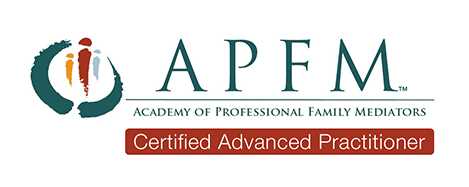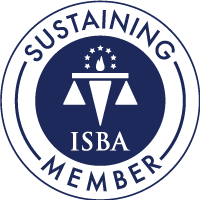By: Tess Worrell
“Te amo! Te amo!” Unless you speak Spanish, you probably don’t know that phrase means “I love you!” It turns out, we often shout our love to our spouse, our children, our friends, but use a language they don’t understand. Though we express our love as loudly as we can, it gets lost in translation. How do we speak a language they can hear?
Gary Chapman, in his book “The Five Love Languages,” details five different means by which people experience love: time, words of affirmation, physical touch, acts of service, and gifts. While all are enjoyable, each person typically has one that truly communicates love and feeds the connection to them. Couples run into trouble when they speak their own love language rather than learning the language of their spouse. How can spouses assure their expressions of love truly connect?
Individuals need first to determine their own language, then share that information with their spouse. Ask:
- When I have felt closest to my spouse, what have they said or done?
- Alternatively, when I feel unloved, the most distant, what is missing?
Because each style of expressing love appeals, it can be hard to sort through what simply feels good to what is essential. Yet, when spouses find the key languages, they spend their efforts where it will make a difference rather than floundering to express their love but coming up short.
- Time: Time speaks to those people who feel loved when another takes time to focus on them. For some this means sitting together over a cup of coffee to converse deeply. For others it means sharing a bike ride or a football game. The key to giving time is to be fully present with and focused on the other person.
- Words of Affirmation: Those filled by words seek affirmation of who they are and what they do. Some are affirmed via the compliments we give to them directly while others flourish as we speak well of them to others. Notes detailing what they have done well or praising a trait fill this person with a sense of value and of being loved.
- Physical touch: Those who need love in a more physical form aren’t focused necessarily on physical intimacy. Instead, hugs, back rubs, a squeeze of the hand speak loudest. As a spouse takes time and focus to be physically engaged, they feel loved.
- Acts of service: For those who receive love via acts of service, they feel valued when their spouse takes the time to minister to them through specific, intentional, focused acts. Whether taking the laundry to the dry cleaners, filling the tank with gas, or making dinner, the time, energy, and focus of a spouse seeing their need and filling it speaks love.
- Gifts: Those who enjoy gifts aren’t materialistic or greedy. Rather they experience connection through the offering of a tangible symbol that says, “I saw this and thought of you.” It can be something as little as picking a wild flower from the roadside or a note that speaks words of affection.
Understanding the power of love languages can change everything. I once mediated the divorce of a couple where each had independently declared, “You never loved me.” When the wife left the room, husband exploded, “I always loved her! I showed it every day. I filled the car. I made sure she always had money in the bank to get what she needed. I even made dinner most nights, so she could rest after a day with the kids. I loved her. She’s the one who didn’t love me.”
Yet, when husband left the room, wife quietly whispered, “How can he say I didn’t love him? I always dressed nice. I kept myself in shape. I would brush my fingers through his hair and rub his back. All he did was push me away to go make dinner. I loved him. He just never paid attention.”
Husband spoke acts of service while wife responded in physical touch, and each missed the message. You got married because you loved each other. When you learn to express that love in your spouse’s language you build deeper connections and feed the relationship. As you shout, “Te amo!” they hear and receive.





